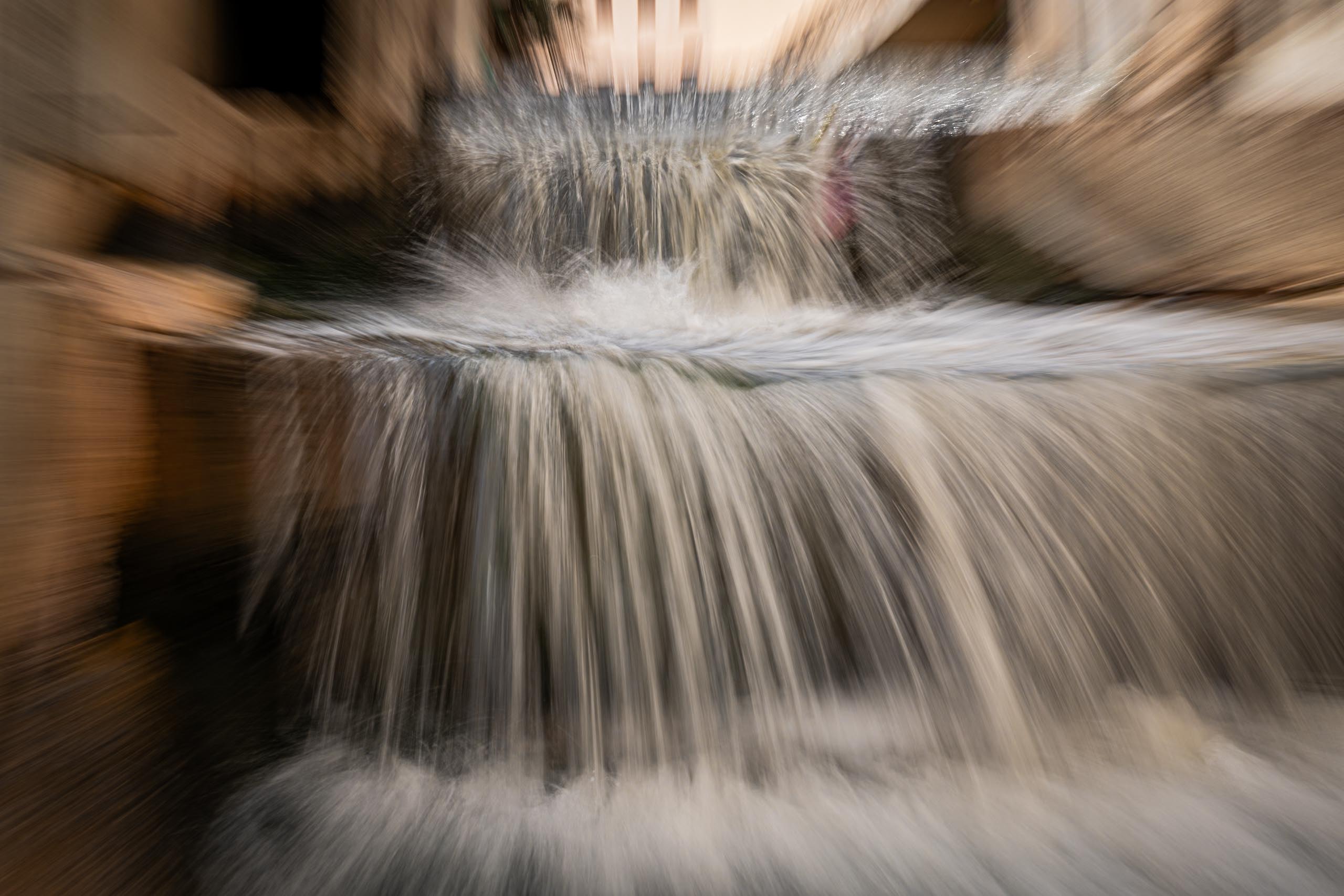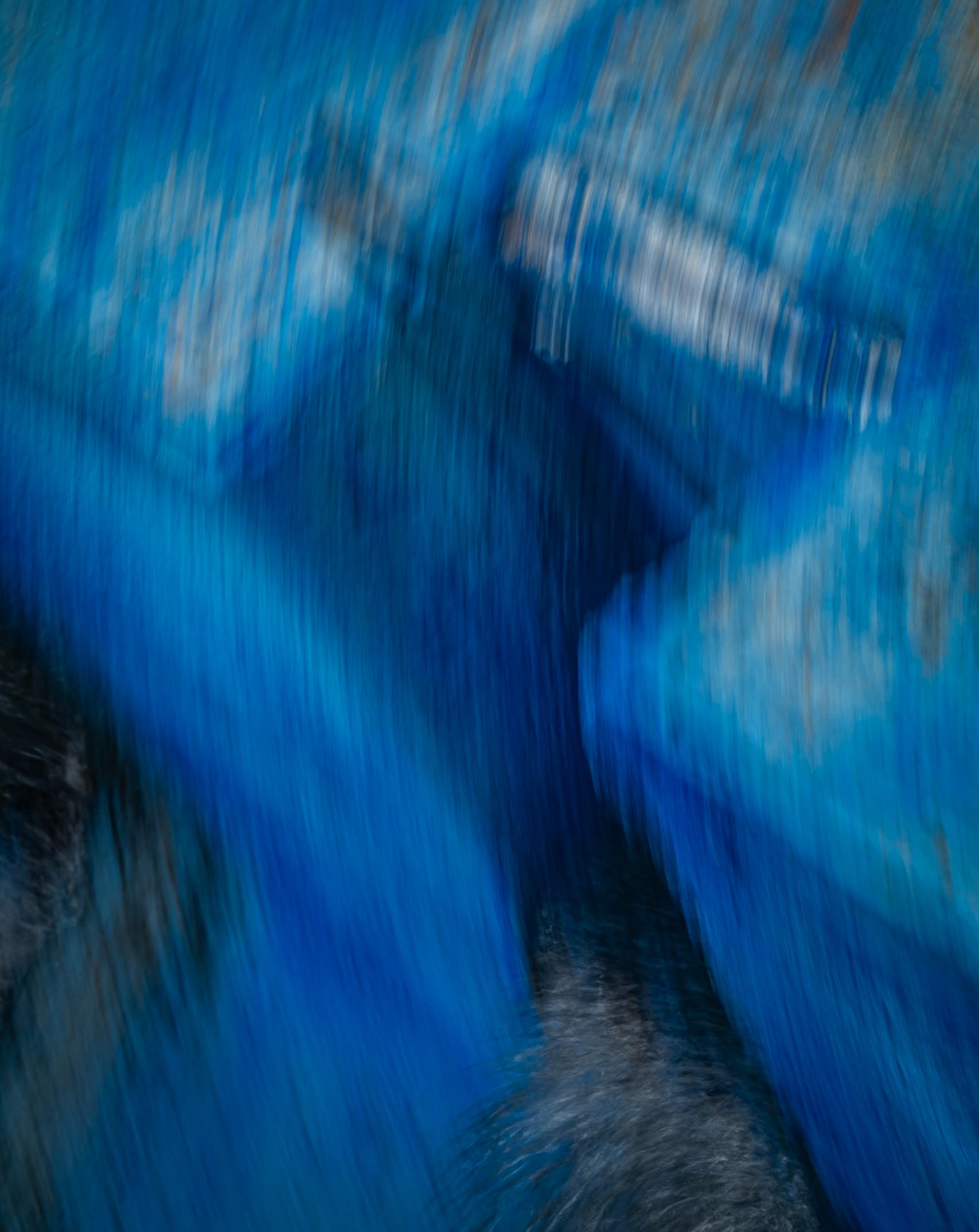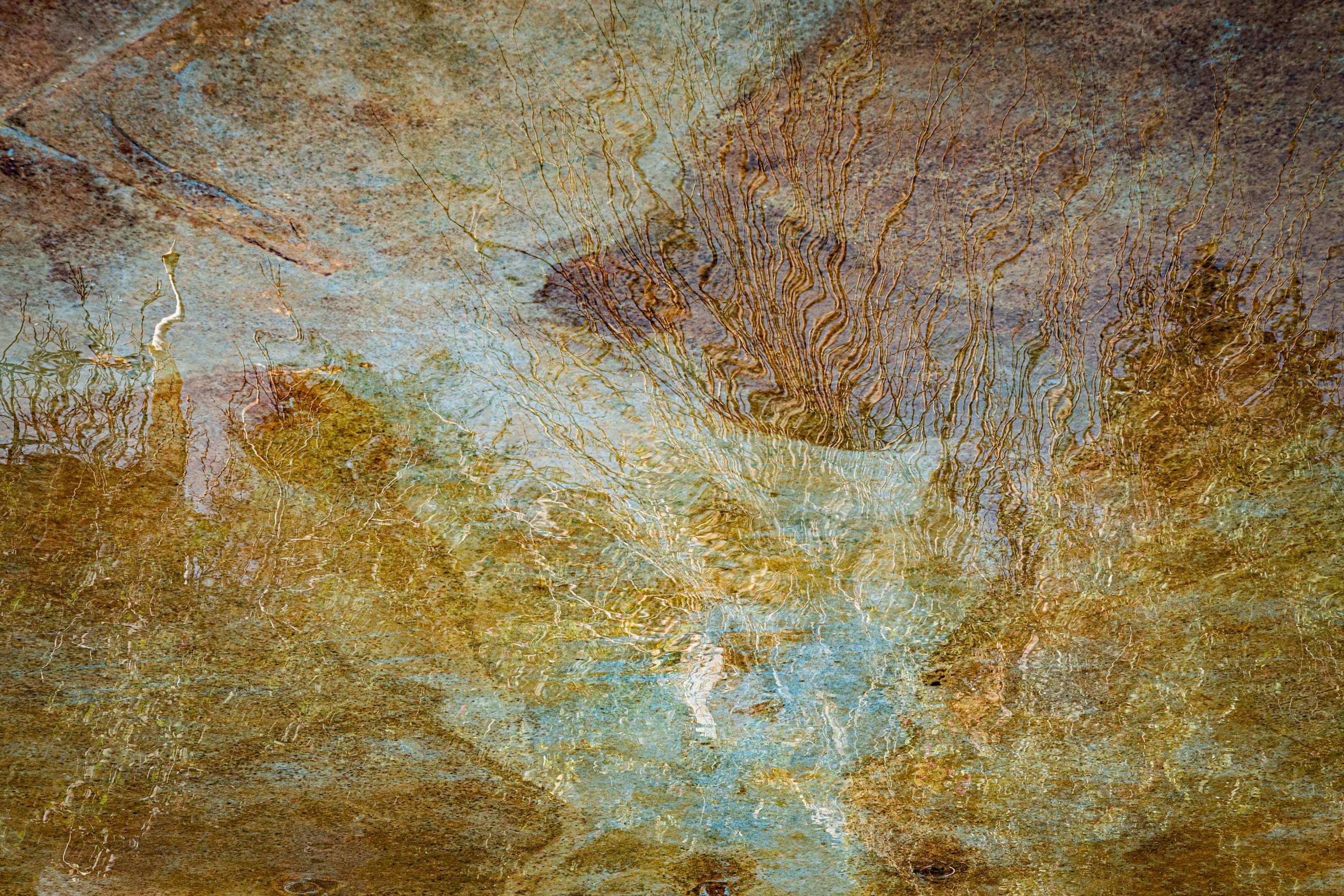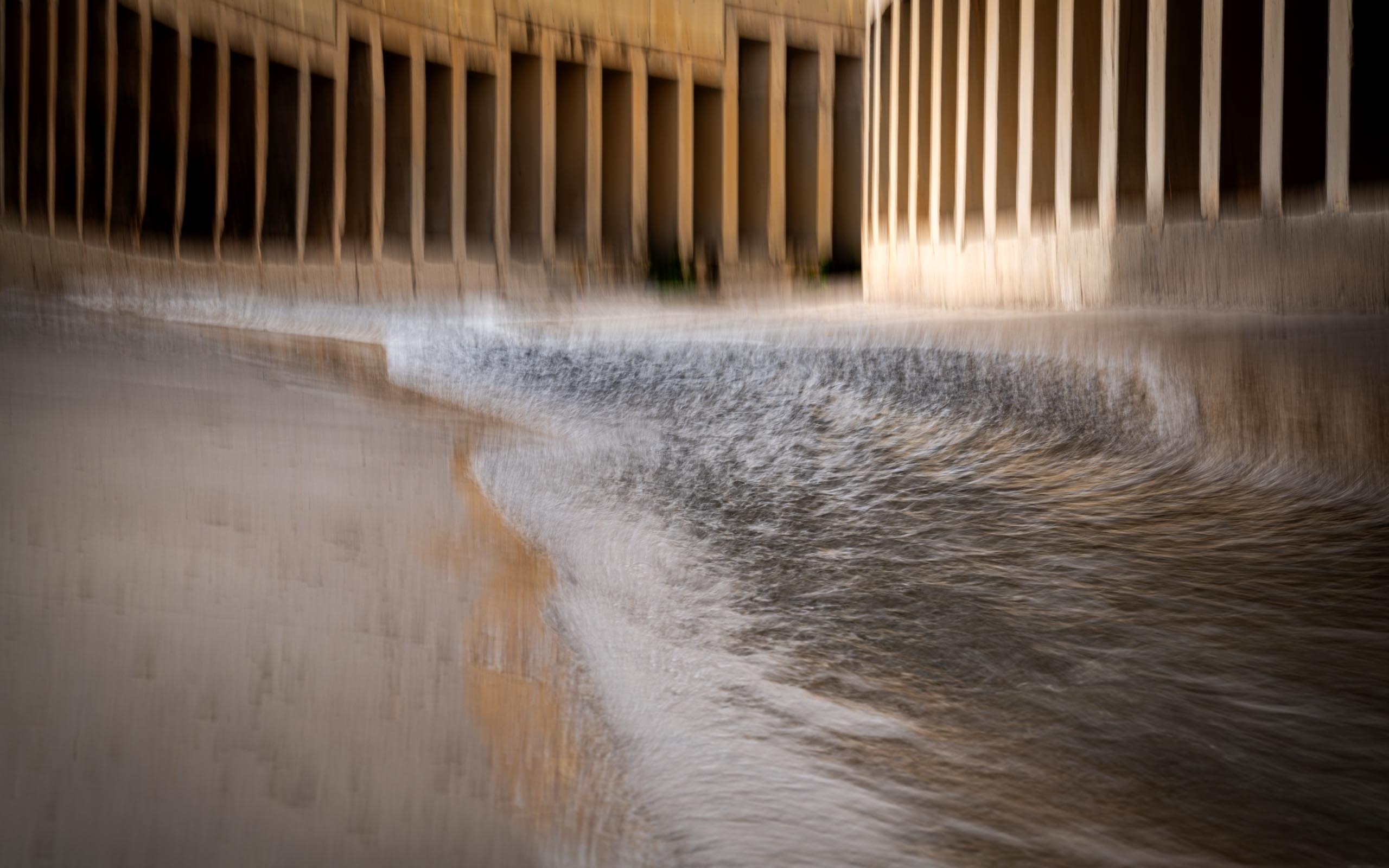Jean-Marie
Ghislain
Photographer
Les Mondes de l'Eau
Fez
All collections
In Fez, water is both an element and a memory — flowing through centuries of wisdom, carried by the hands of those who shaped the land to live in harmony with it. Beneath the arches, through the channels and fountains, it still tells the story of balance between nature, craft, and community. This project is an invitation to see water not only as a resource, but as a presence — sacred, intelligent, and alive within the architecture of human care.
More details
For centuries, the Berber (Amazigh) peoples have developed knowledge and techniques perfectly adapted to the Mediterranean and mountainous landscapes of the Maghreb and Andalusia. Their hydraulic intelligence is expressed through methods of capturing and transporting water, systems for its conservation, and social rules for collective management. These skills made it possible to supply cities, gardens, and mills in regions where water has always been a precious resource.
In Fez, Morocco, the need to supply a densely populated Medina led to a complex network combining springs, channels, cisterns, and public fountains. Traditional engineers mastered the art of capturing mountain water and directing it to neighbourhoods, hammams, and fountains — minimising loss through the use of underground pipes and reservoirs (aljibes). Berber techniques of capture and redistribution — including wells, filtering galleries such as khettaras or qanats in certain regions, and shared reservoirs — demonstrate a deep understanding of local hydraulics and seasonal storage (saving water for the dry months). These systems were designed to last and to be maintained collectively by the community itself.
In Granada, the Islamic-Nasrid legacy integrated and refined these rural and Berber practices. The Alhambra and the Generalife are eloquent examples: a network of channels, canals, and pools distributed water for garden ornamentation, irrigation, and domestic use. The Acequia Real (Royal Canal) and other conduits drew water from nearby rivers and springs, equipped with devices to regulate flow and ensure consistent distribution. The art of guiding water along slopes, using gravity, and designing gardens and patios around controlled flows reveals engineering conceived as much for beauty as for function.
Beyond technique, Berber water wisdom is grounded in social and institutional principles: shared irrigation rights, rotation schedules, and collective obligations for maintaining canals and galleries. These customary agreements ensured both the longevity of the systems and fair distribution — crucial in times of scarcity. The combination of technical knowledge and community governance is one of the strengths of these traditional models.
Finally, this ancient wisdom remains profoundly relevant today. Khettaras, terraces, cisterns, and redistribution systems embody sustainable practices — water recovery, seasonal storage, loss reduction, and climate adaptation — that can inspire contemporary responses to water stress. Studying and valuing this technical and social heritage helps imagine a more resilient and locally attuned approach to water management.
The Photographic Project
This project fits within that framework, complementing historical documents that already illustrate the extraordinary engineering and knowledge of Berber communities. Through photographs and videos, it invites the viewer to discover the social and sacred relationship to water in Fez and at the Alhambra in Granada — and soon, in Sintra, Portugal. The exploratory phase is far from complete, as it requires a great deal of time and presence. The images currently presented offer only a glimpse of the emotions evoked by the presence of water in these remarkable places.
The project draws on Jean-Marie’s years of experience exploring the waters of the world.
Acquire
FINE ART EDITIONS
By acquiring a work, you directly support new explorations.
Other images from the collection are also available — please get in touch to enquire.
Unique Original — 1/1
The collector may choose the format and type of support.
Price: €8,400 incl. VAT (for sizes up to 110 × 165 cm).
Mounting and framing not included.
The artist reserves the right to create one artist’s proof in a format different from the one chosen by the collector.
Limited Editions & NFTs
Some works are available in editions of 10 and as NFTs.
Join the mailing list to be notified when new editions become available.
Certificate of Authenticity
All artworks include a signed certificate of authenticity specifying:
Jean-Marie Ghislain’s signature
The chosen format and paper type
Contact
+32 (0) 474 83 15 72
In the region of Fez, many sites once dedicated to thermal baths have been abandoned. Yet the springs continue to flow; the sources remain alive. In some places, vegetation has reclaimed its place in the water, while elsewhere, open channels built long ago reveal the striking mineral richness of the land through the colours carried by the flowing water.




Through the kind permission of the Wali of Fez, I had the opportunity to access several natural springs belonging to the royal estates. This photograph was taken early in the morning on a rainy day, at the private spring of Sidi Harazem, south-east of Fez — a place where the ancient water distributors still stand.



Jean-Marie
Ghislain
Photographer
Navigation
CONTACT
+ 32 (0)474 83 15 72
Stay close to the flow.
Receive new explorations, openings, and early-access prints.
© Jean-Marie Ghislain 2025
Made by SoulGlow Agency